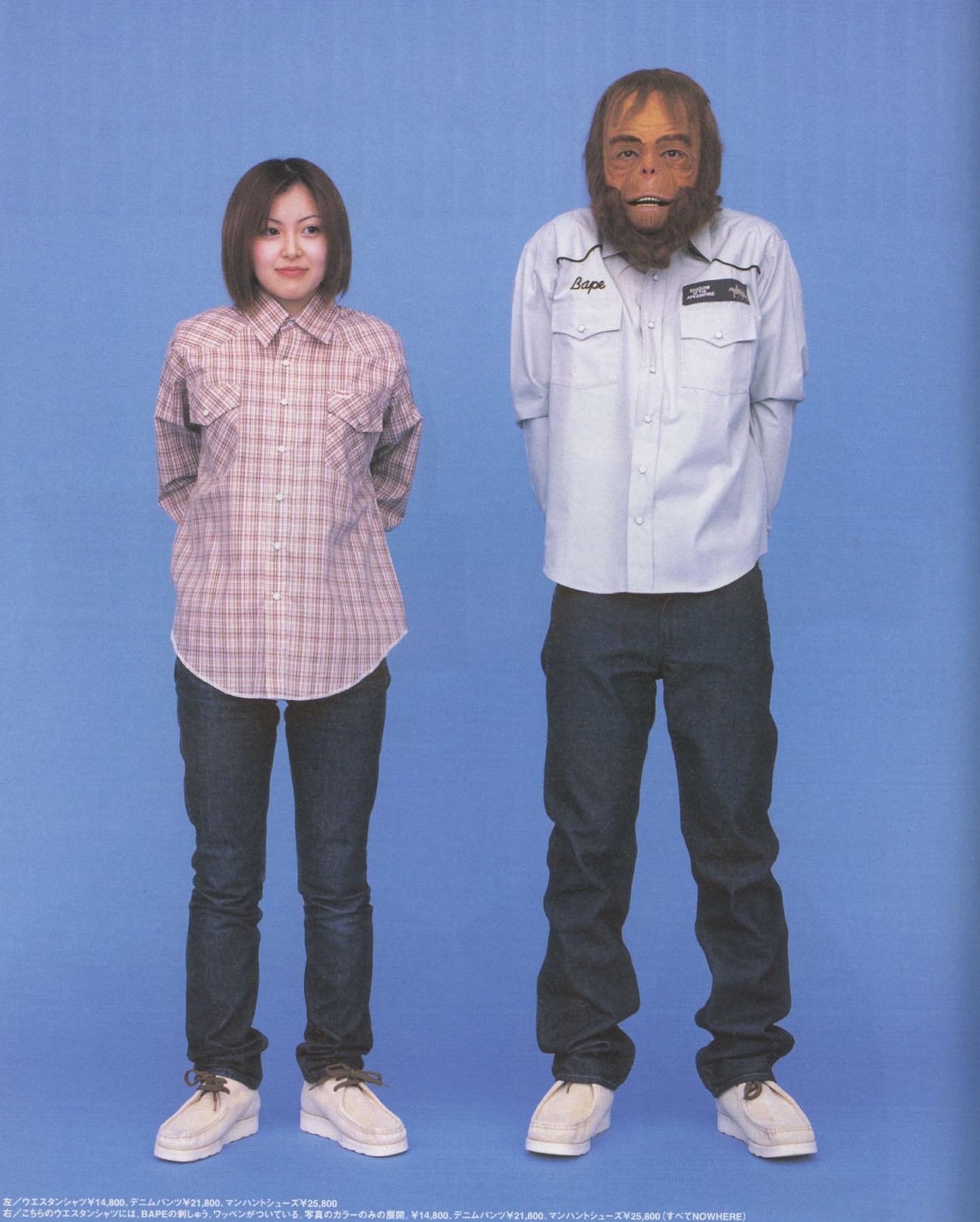A Bathing APE in Lukewarm Curry: The Story Behind NIGO’s Curry Shop

Everyone has a nostalgic dish that cannot be compared.
A dish, where the first bite can take you right back to that time. For designer NIGO, that was the curry at the legendary curry shop, GHEE that stood in Harajuku for 22 years. Though the shop closed its doors in March of 2005, GHEE was loved by many famous individuals including the writer Haruki Murakami. But for NIGO, GHEE held particular importance for he himself had worked at the shop. Looking to recreate the taste of that time, NIGO produced his own curry shop, CURRY UP, with a menu and recipes based on the dishes at GHEE.
With their in-store dining location in Harajuku and the Nakameguro location only for take-out and food delivery, CURRY UP has revived the iconic menu with the help of the chef who had worked at GHEE. Though there are other curry shops inspired by the GHEE menu, CURRY UP was created by NIGO approaching the owner-chef, Kentaro Hashimoto himself.
CURRY UP serves the same full menu as GHEE, most notably the classic GHEE style which consists of the rice in between two different types of curry on one plate. From butter chicken, beef, and keema, in total, the menu offers four types of curry during lunch, with two others for dinner.
Yet, being a curry shop produced by NIGO, the curries are not the only thing that makes CURRY UP unique. Named by Pharrell himself, the CURRY UP interiors were designed by Masamichi Katayama of the famous interior design firm Wonderwall also known for designing the infamous BAPE stores. The logo was designed by Tetsu Nishiyama, known as TET, who designed for WTAPS in 1996 and was the director for the URSUS BAPE line in 2009. Even creating a character named Cumin as seen on the logo.
NIGO is also known for producing a variety of items for Human Made beyond clothing items from interiors, accessories, and lifestyle items. Now, NIGO produces items for CURRY UP from T-shirts, caps, and unique items such as rugs, cushions, snow globes, and even figurines of Cumin.
The history of the menu and the production behind CURRY UP makes it a go-to spot for both curry lovers and street culture fans.





